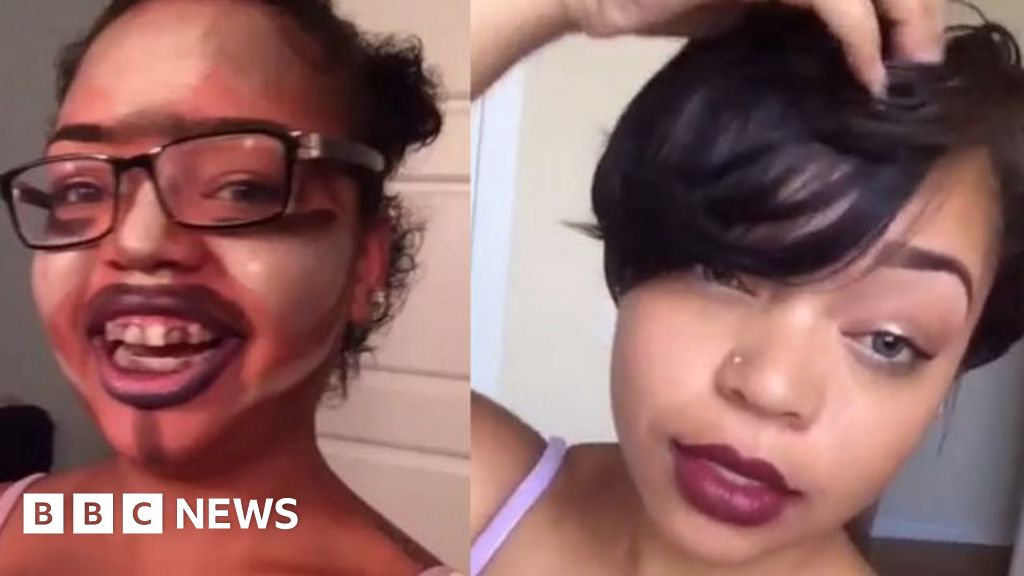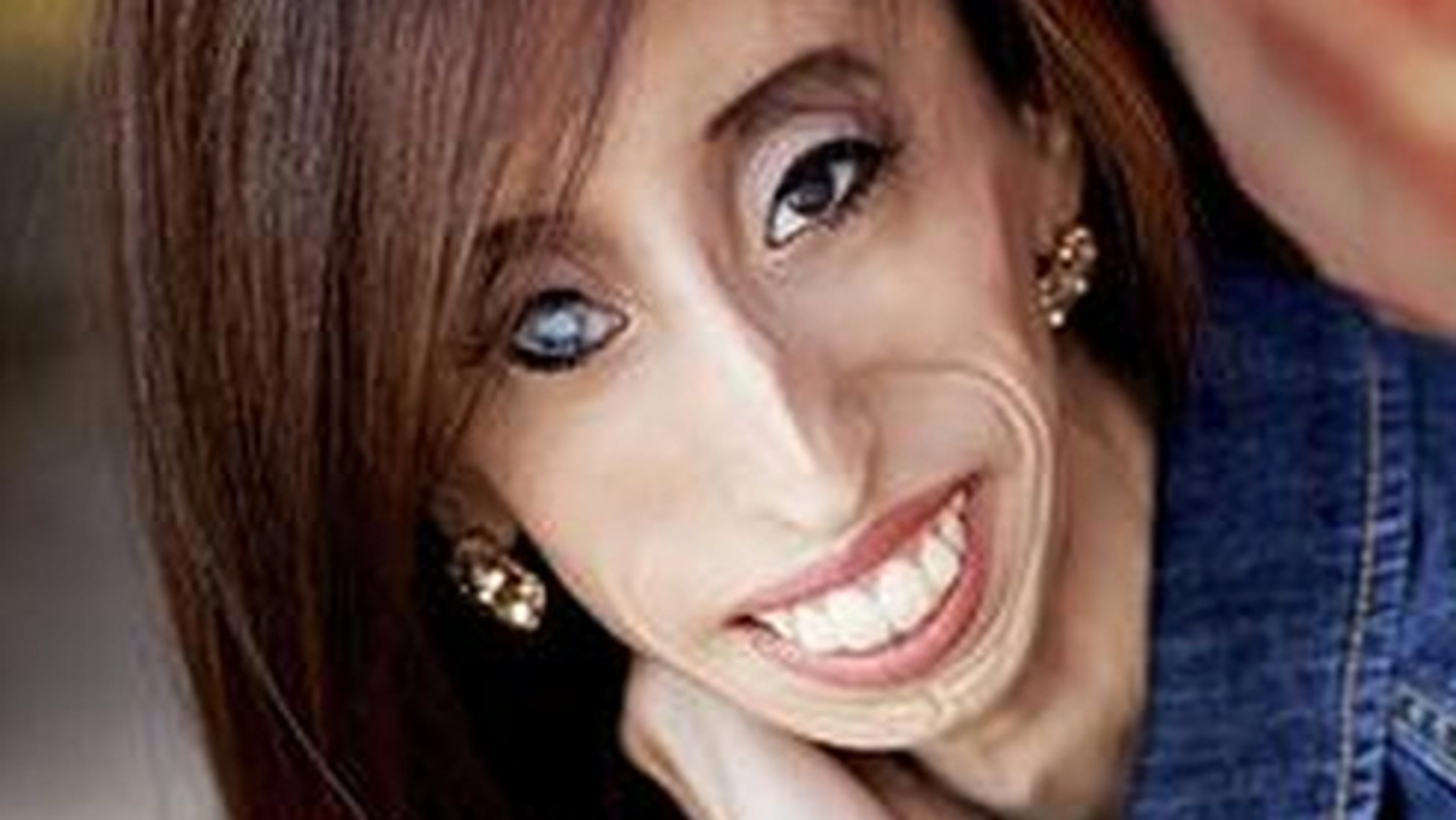Have you ever wondered who the most ugly person in the world is? It’s a question that stirs up emotions, challenges societal norms, and forces us to rethink what beauty truly means. The concept of ugliness is deeply rooted in cultural biases, media portrayals, and personal experiences. But let’s take a moment to dive deeper into this topic—not just to find an answer but to explore the complexities of human perception.
Let’s be honest here, the idea of labeling someone as “the most ugly person” can feel uncomfortable, even harsh. But why does it matter so much? Why do we obsess over appearances? In this article, we’ll unpack the layers behind this controversial topic and explore how society defines beauty and its opposite. So buckle up, because we’re about to get real.
This isn’t just a conversation about looks—it’s a journey through psychology, history, and self-acceptance. Whether you’re curious, skeptical, or just want to understand more, this article aims to challenge your perspective and leave you with food for thought. Now, let’s jump right in!
Read also:Deez Nuts Guy The Viral Sensation Who Conquered The Internet
Table of Contents:
- Biography of the Most Ugly Person
- Defining Ugliness: What Does It Really Mean?
- A Historical Perspective on Perception
- The Cultural Impact of Beauty Standards
- The Psychology Behind Beauty and Ugliness
- How Media Shapes Our Views
- Embracing Diversity and Self-Acceptance
- A Scientific View on Human Aesthetics
- Who Is Considered the Ugliest Person?
- Conclusion: Redefining Beauty
Biography of the Most Ugly Person
Before we dive into the broader topic, let’s talk about the individual often referred to as the “most ugly person.” While this title is subjective and varies across cultures, one name frequently comes up: Lizzie Velásquez. Born in 1989 in Texas, Lizzie has achondroplasia, a condition that affects bone growth, and lipodystrophy, which prevents her body from storing fat. Her unique appearance has made her both a target of online bullying and an advocate for self-love and acceptance.
Here’s a quick look at her life:
| Name | Lizzie Velásquez |
|---|---|
| Birth Year | 1989 |
| Place of Birth | Austin, Texas |
| Medical Conditions | Achondroplasia and Lipodystrophy |
| Profession | Motivational Speaker and Author |
Lizzie’s story is not just about her appearance—it’s about resilience, courage, and inspiring others to embrace their uniqueness. Now, let’s move on to understanding the bigger picture.
Defining Ugliness: What Does It Really Mean?
Ugliness, much like beauty, is subjective. But what exactly defines it? Is it the way someone looks, or is it something deeper? According to psychologists, ugliness is often tied to societal standards, cultural norms, and personal biases. For example, in some cultures, certain facial features are considered unattractive, while in others, they may be seen as exotic or unique.
Let’s break it down:
Read also:Howie Long Wife Teri Hatcher The Ultimate Love Story Unveiled
- Societal Standards: Media plays a huge role in shaping our perception of beauty and ugliness. Think about the models you see in magazines or the actors on your favorite TV shows. These images create a standard that many people strive to meet.
- Personal Bias: Our upbringing, experiences, and environment influence how we perceive others. Someone might find a particular trait unattractive because of a negative experience, while another person might not even notice it.
- Cultural Differences: Beauty standards vary greatly across cultures. What’s considered ugly in one place might be celebrated in another.
A Historical Perspective on Perception
Throughout history, perceptions of beauty and ugliness have evolved. In ancient Greece, symmetry was highly valued, while in the Victorian era, pale skin and a delicate appearance were idealized. Fast forward to today, and we’re bombarded with images of airbrushed perfection. But how did we get here?
Historians suggest that our ancestors used physical traits as indicators of health and fertility. A symmetrical face, clear skin, and strong features were signs of good genes. Over time, these preferences became ingrained in our collective consciousness, leading to the beauty standards we see today.
The Cultural Impact of Beauty Standards
Culture plays a massive role in shaping how we view beauty and ugliness. In some Asian countries, for example, fair skin is highly prized, leading to the popularity of skin-whitening products. Meanwhile, in Western cultures, tanned skin is often seen as desirable. These differences highlight the arbitrary nature of beauty standards.
Let’s look at some examples:
- In India, traditional beauty ideals emphasize large eyes, fair skin, and a curvy figure.
- In Africa, tribal markings and elongated necks are symbols of beauty in certain communities.
- In the United States, body positivity movements are challenging conventional beauty standards by celebrating diversity in size, shape, and color.
These cultural nuances remind us that beauty—and ugliness—are constructs that vary widely depending on where you are in the world.
The Psychology Behind Beauty and Ugliness
So, why do we care so much about appearances? According to psychologists, it’s all about survival. Humans are wired to seek out mates who appear healthy and fertile, which is why certain traits are considered more attractive. But what about ugliness? Why do we sometimes find certain features off-putting?
Research suggests that our brains are programmed to detect imperfections as potential threats. This evolutionary mechanism helps us identify diseases, injuries, or other signs of unhealthiness. However, in modern society, this instinct can lead to unfair judgments and discrimination.
How Media Shapes Our Views
Media is a powerful force when it comes to shaping our perceptions of beauty and ugliness. From movies to social media, we’re constantly exposed to images that dictate what’s considered attractive. But here’s the catch: these images are often unrealistic and unattainable.
Take Instagram, for example. Filters, photo editing apps, and carefully curated content create an illusion of perfection that can be hard to live up to. As a result, many people feel inadequate or insecure about their appearance. This phenomenon is particularly prevalent among young people, who are especially vulnerable to peer pressure and societal expectations.
Embracing Diversity and Self-Acceptance
Now, let’s shift the focus to something more positive: acceptance. Instead of obsessing over beauty and ugliness, we should celebrate diversity and embrace our unique qualities. After all, everyone has something special to offer, regardless of how they look.
Here are some tips for cultivating self-acceptance:
- Focus on your strengths rather than your flaws.
- Surround yourself with positive influences who uplift and support you.
- Practice gratitude by appreciating the things you love about yourself.
- Remember that beauty comes in all shapes, sizes, and forms.
By adopting this mindset, we can create a more inclusive and compassionate world where everyone feels valued and respected.
A Scientific View on Human Aesthetics
From a scientific perspective, human aesthetics are fascinating. Studies have shown that certain facial features, such as symmetry and proportion, are universally attractive. However, other factors, like personality and behavior, also play a significant role in how we perceive others.
For instance, a kind smile or a warm demeanor can make someone appear more attractive, even if their physical traits don’t conform to traditional beauty standards. This suggests that beauty isn’t just skin-deep—it’s a combination of internal and external qualities.
Who Is Considered the Ugliest Person?
Coming back to our original question, who is the most ugly person in the world? The answer, as you might expect, is subjective. While Lizzie Velásquez is often mentioned in this context, she herself rejects the label, choosing instead to focus on empowering others to love themselves.
Ultimately, the concept of the “ugliest person” is flawed and harmful. It perpetuates negative stereotypes and undermines the value of individuality. Instead of labeling people, we should strive to understand and appreciate them for who they truly are.
Conclusion: Redefining Beauty
In conclusion, the idea of the most ugly person is more complex than it seems. It challenges us to rethink our perceptions of beauty and embrace the diversity that makes us unique. Whether we’re talking about Lizzie Velásquez or anyone else, the key takeaway is this: true beauty lies in acceptance, kindness, and self-love.
So, the next time you find yourself judging someone based on their appearance, take a step back and ask yourself: why does it matter? By shifting our focus from external traits to inner qualities, we can create a more compassionate and understanding society.
Now it’s your turn! Share your thoughts in the comments below or spread the message by sharing this article with your friends. Together, we can redefine beauty and make the world a better place—one conversation at a time.


